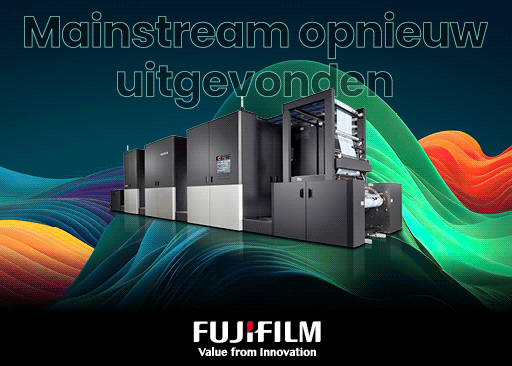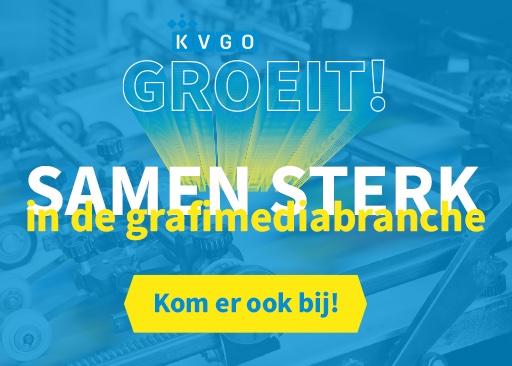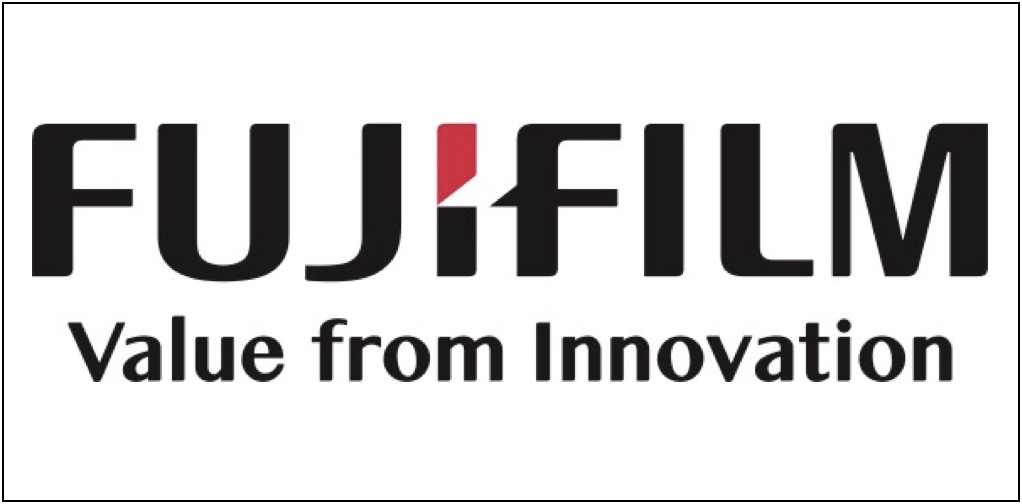Laurel Brunners Verdigris Blok: What happens to dead IT?
 We all know what happens to printed paper when it’s sent off for recycling. It either gets burnt or sent for processing into new materials, but when old computers reach end of life, matters are less simple.
We all know what happens to printed paper when it’s sent off for recycling. It either gets burnt or sent for processing into new materials, but when old computers reach end of life, matters are less simple.
Reducing the amount of electronic and electrical material that ends up in landfill is complicated; there are no easy answers. Setting up a recycling or reprocessing infrastructure is a start, but this too is complicated and takes funding. Taxes and fines from people who dump electrical and electronics requires legislation and policing, and is mostly done as part of a wider set of national goals that support international commitments.
This is what the Europe Union (EU) has tried to do with its Waste Electrical and Electronic Equipment Directive (WEEE). WEEE has been around since 2002 and works by setting targets for electrical goods recycling. EU member country governments can provide instructions and guidance to local communities and municipalities for implementing WEEE. The approach has changed over the years. When WEEE was first introduced it set a target for 2009. By 2009 at least four kilograms of electrical waste per year for each member of the population had to be recovered for subsequent recycling. The rate changed to be for 45% of all electrical goods coming onto the market, with the EU aiming to recycle at least 2% of all WEEE by 2016. No data is available yet to confirm if this target has been reached or not but it is likely that it has, given Europeans’ environmental zeal.
WEEE has definitely helped encourage environmental awareness amongst consumers and developers. It has encouraged entrepreneurs who see opportunities to sell on redundant electrical goods. When it comes to IT, the foundation of today’s graphics industry, plenty of companies offer to buy old computers and networking equipment.
When selling on old servers and related kit, make sure all data is wiped. Be sure the buyer is recognised by local authorities and ideally is formally accredited. Find out what happens to waste once it is collected. Shipping old electronics for dumping in developing countries doesn’t count!
Joe Adamou, business development manager for Innovent.tech a UK IT recycler told us that: “Any equipment that is suitable for refurbishment is tested, repaired and sold on to individuals, schools and businesses on low budgets.” He added that “Any equipment that is antiquated is base recycled. We break this equipment down to raw component form. This is then sold on to metal and material refiners who will prepare the materials for re-introduction into the manufacturing industry. An example of components recycled in this manner would be CPU heatsinks, motherboards, chassis casings etc.). We operate a 0% to landfill policy on all equipment. All equipment collected is brought back to our facility for processing.“ The model is helping industry, the environment and the planet. It turns a profit too.
Laurel Brunner
This article was produced by the Verdigris project, an industry initiative intended to raise awareness of print’s positive environmental impact. This weekly commentary helps printing companies keep up to date with environmental standards, and how environmentally friendly business management can help improve their bottom lines. Verdigris is supported by the following companies: Agfa Graphics, EFI, Epson, Fespa, HP, Kodak, Kornit, Ricoh, Spindrift, Unity Publishing and Xeikon.
De trainingen voor 2022 staan gereed. Kijk voor het volledige online aanbod van bestaande- en nieuwe trainingen op de website.
BLOKBOEK.COM EN PRINTMEDIANIEUWS: HET OPTIMALE DOELGROEP BEREIK






















